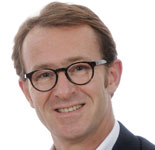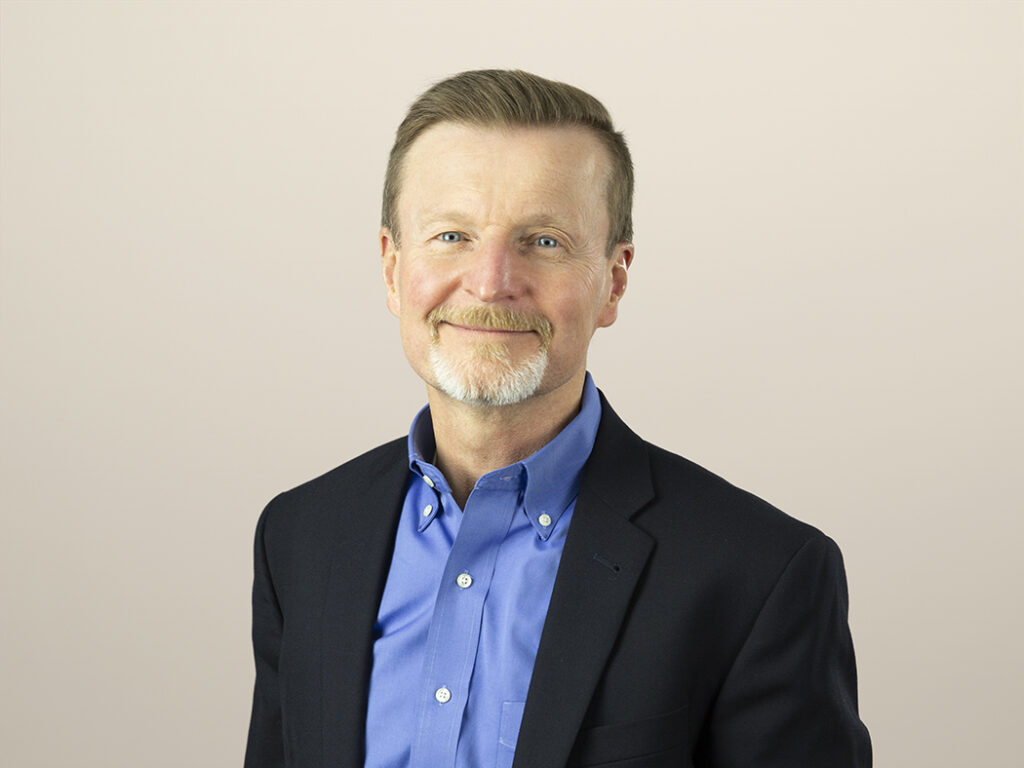Q&A with Olivier Mourrieras, Vice President, Customer Experience Centre of Competence, E.On — Part 1
Here’s an objection I sometimes hear when I talk to people about how improving customer experience can boost business performance: “Sure, it sounds great for glam industries like automotive or fashion. But I sell widgets.”
Okay, it’s fair to say that the business value of CX is more obvious for industries that advertise in magazines with slick, glossy paper. But the reality is that focusing on CX can also do a lot for less sexy industries.
That’s why we invited Olivier Mourrieras of E.On to speak at Forrester’s Forum for Customer Experience Professionals EMEA in London on November 17 and 18, 2014. E.On is one of the world's largest investor-owned electric utility service providers. And even though utilities don’t exactly captivate their customers, E.On has made huge, measured advances in the customer experience it provides, resulting in corresponding improvements to business results.
Olivier recently responded to our questions about what E.On has been doing and how it’s evolved. He gave us such amazingly detailed insight that I’ve broken his answers into two parts, with Part 1 appearing below.
I hope you enjoy what he has to say and I look forward to seeing some of you in London!

Q: When did your company first begin focusing on customer experience? Why?
Prior to 2009, customer focus had not been a crucial part of E.ON’s strategy. Customer satisfaction scores were often lower than market average scores across the group resulting in high customer churn.
We calculated that the gross margin losses based on customer churn during 2009 amounted to approx. -€150m across the group. Furthermore, E.ON was facing and continues to face increasing competition in its retail markets with players who wish to offer customers new and additional services.
To address these challenges E.ON chose to make NPS one of its top group-wide steering KPIs. At the end of 2009 we had established a bi-annual external benchmarking process to track E.ON’s loyalty performance in comparison with selected competitors in each Region. We have set ourselves the task of becoming recognised as a loyalty leader in the energy sector by 2018 in every region.
Q: How do you determine what aspects of the customer experience you must try to excel at?
As part of a Net Promoter System we measure at the transactional level tracking the key moments of truth. Root cause analysis is used to identify issues to be changed. At a relationship level a driver model has been developed to understand what impacts the score. For E.ON the drivers are: Reputation, value perception and operational excellence.
At an organisational level a maturity model was developed to track progress, identify gaps and priorities resource.
Q: What if anything is different about what you're doing now to improve customer experience versus what you did when you were starting out? Why did you change?
We have done well at continuously assessing the performance of our programme through close engagement with all stakeholders in the business. Here are some of our learnings:
- Focus on the speed of impact is paramount: It took four years to start to pull away from the competition. The energy market has a lot of baggage and is a low engagement product. We are now focusing more on making the impact more visible to the customer earlier.
- The importance of culture change is always under estimated: We now make more use of customer listening sessions (customer immersion) to increase empathy and bring an emotional response and urgency to top customer issues.
- Be clear on the priorities and focus the efforts to improve: We have established a stronger programme office to tackle the top customer issues. This programme office has board level sponsorship in the countries and is empowered to make cross functional changes.
- Expectation management: Establishing a customer experience programme that delivers results is a long journey. We have learnt about the lag time before results can be seen and we are now setting expectations accordingly.
- Frequency of measurement to gain confidence that we can affect change: We have increased the frequency of the measurement even if that meant lowering the robustness of the sample in some segments in the interest of identifying cause-effect relationships between actions and results.
- Customer Experience is not just about the front line: It is delivered by the organisation as a whole and consequently NPS targets were included in all executives performance objectives after year 3.
- The delivery ownership and accountabilities are to be in the business: We have gone from a centrally driven programme governance to regional accountabilities with a central enabling facilitation and support.
For those of you in the US, please join us at Forrester's Forum For Customer Experience Professionals West, taking place on November 6th to 7th, in Anaheim, California.
